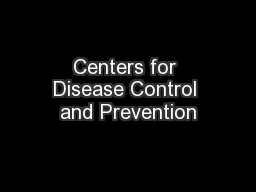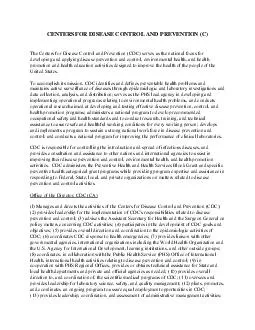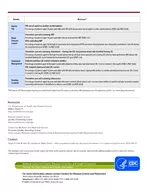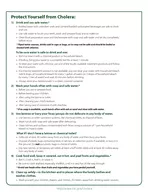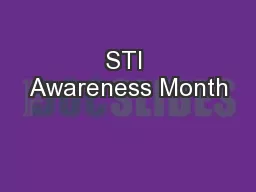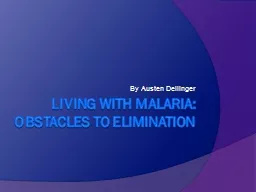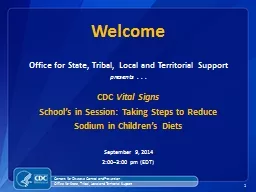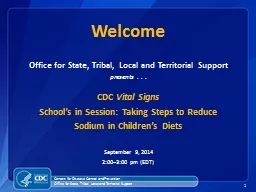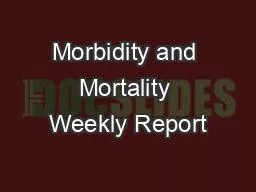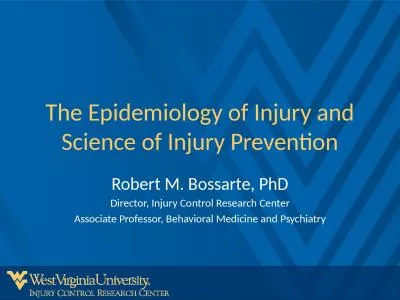PPT-Centers for Disease Control and Prevention
Author : aaron | Published Date : 2018-09-20
US Department of Health and Human Services Protecting People from Motor Vehiclerelated Deaths and Injuries Keeping People Safe on the Road Every Day July 2012
Presentation Embed Code
Download Presentation
Download Presentation The PPT/PDF document "Centers for Disease Control and Preventi..." is the property of its rightful owner. Permission is granted to download and print the materials on this website for personal, non-commercial use only, and to display it on your personal computer provided you do not modify the materials and that you retain all copyright notices contained in the materials. By downloading content from our website, you accept the terms of this agreement.
Centers for Disease Control and Prevention: Transcript
Download Rules Of Document
"Centers for Disease Control and Prevention"The content belongs to its owner. You may download and print it for personal use, without modification, and keep all copyright notices. By downloading, you agree to these terms.
Related Documents

